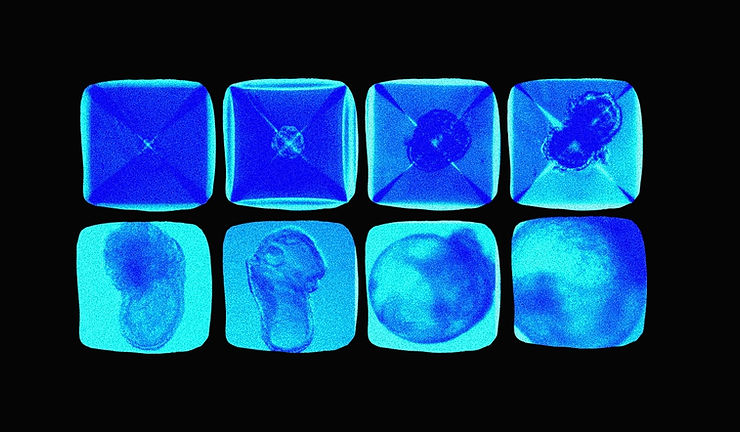By: Andrew Cheng
In Israel, stem cell researchers created synthetic mouse embryos without sperm or eggs, growing the embryos in an artificial womb for eight days with a beating heart, a primitive brain, and a gut tube. This new method of creating new organisms using a scientific way has the potential to generate replacement organs for humans.
The objective of this new scientific method is to provide an understanding of how a replacement organ can develop in an embryo. This understanding will help with the knowledge to create new ways to help those who need replacement organs.
The Weizmann Institute of Science scientists began their research with a clump of embryonic stem cells. They created a synthetic embryo closely structured like an actual mouse embryo, with rudimentary beating hearts, blood circulation, folded brain tissue, and intestinal tracts.
The embryo and the organs grew for eight days, about a third of the typical mouse pregnancy period .
Although the synthetic embryo has a highly similar structure to the real embryos, there is a question that needs to be involved: Are the artificial and real embryos similar to the ones developed from the natural world?
“Although the synthetic mouse embryos bore a close resemblance to natural mouse embryos, they were not exactly the same and did not implant or result in pregnancies in real mice,” said Jacob Hanna, the stem cell scientist at the Weizmann Institute of Science.
Overall, synthetic embryos are an improvement within the current biology academic. If we can create a replacement organ instead of having someone donate it, there will be more successful cases in the future.
Source: https://www.washingtonpost.com/science/2022/08/01/synthetic-mouse-embryo/











